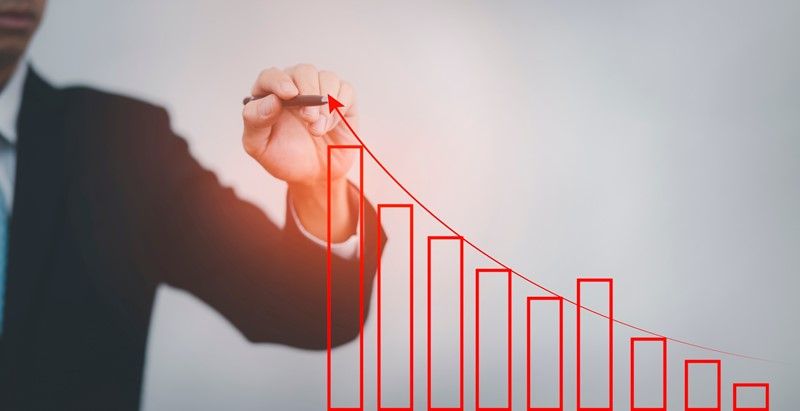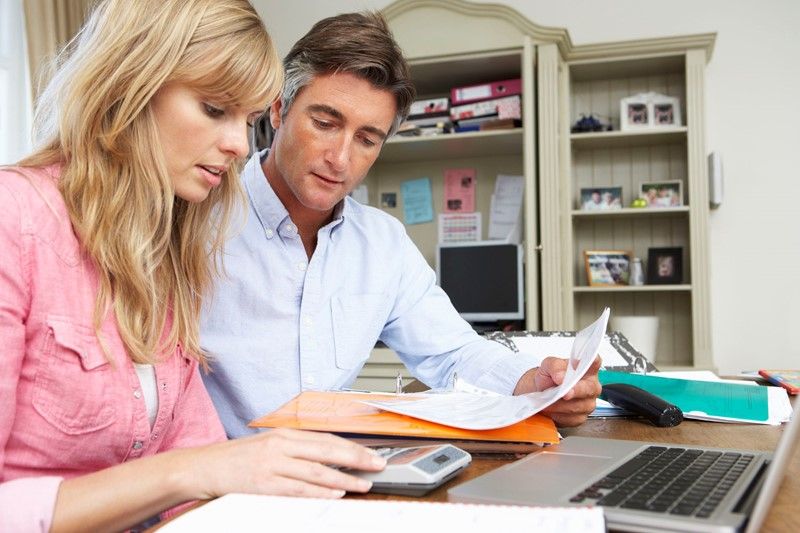The present limits for Business Assets Disposal Relief
Business Asset Disposal Relief (BADR) still offers a valuable tax break, but the CGT rate has risen to 14% from April 2025 and will increase again to 18% in April 2026.
BADR provides a valuable tax advantage by offering a reduced rate of Capital Gains Tax (CGT) on the sale of a business, shares in a trading company, or an individual’s interest in a trading partnership.
The limits for BADR increased for disposals made on or after 6 April 2025. This has seen the CGT rate now applied at a rate of 14% (up from 10%). This change is now in effect and applies to any qualifying disposals taking place within the 2025–26 tax year.
The rate is set to increase again from 6 April 2026, to 18%. This means that disposals qualifying for BADR on or after this date will face a significantly higher CGT rate when compared to the previously long-standing 10% rate.
The lifetime limit for claiming BADR remains at £1 million, allowing individuals to benefit from the relief more than once, provided the cumulative gains from all qualifying disposals do not exceed this threshold.
Additionally, changes have been made to Investors’ Relief. The lifetime limit for this relief was reduced from £10 million to £1 million for qualifying disposals made on or after 30 October 2024. In addition, the CGT rates for Investors’ Relief are now aligned with those for BADR, currently set at 14% and increasing to 18% from April 2026.




